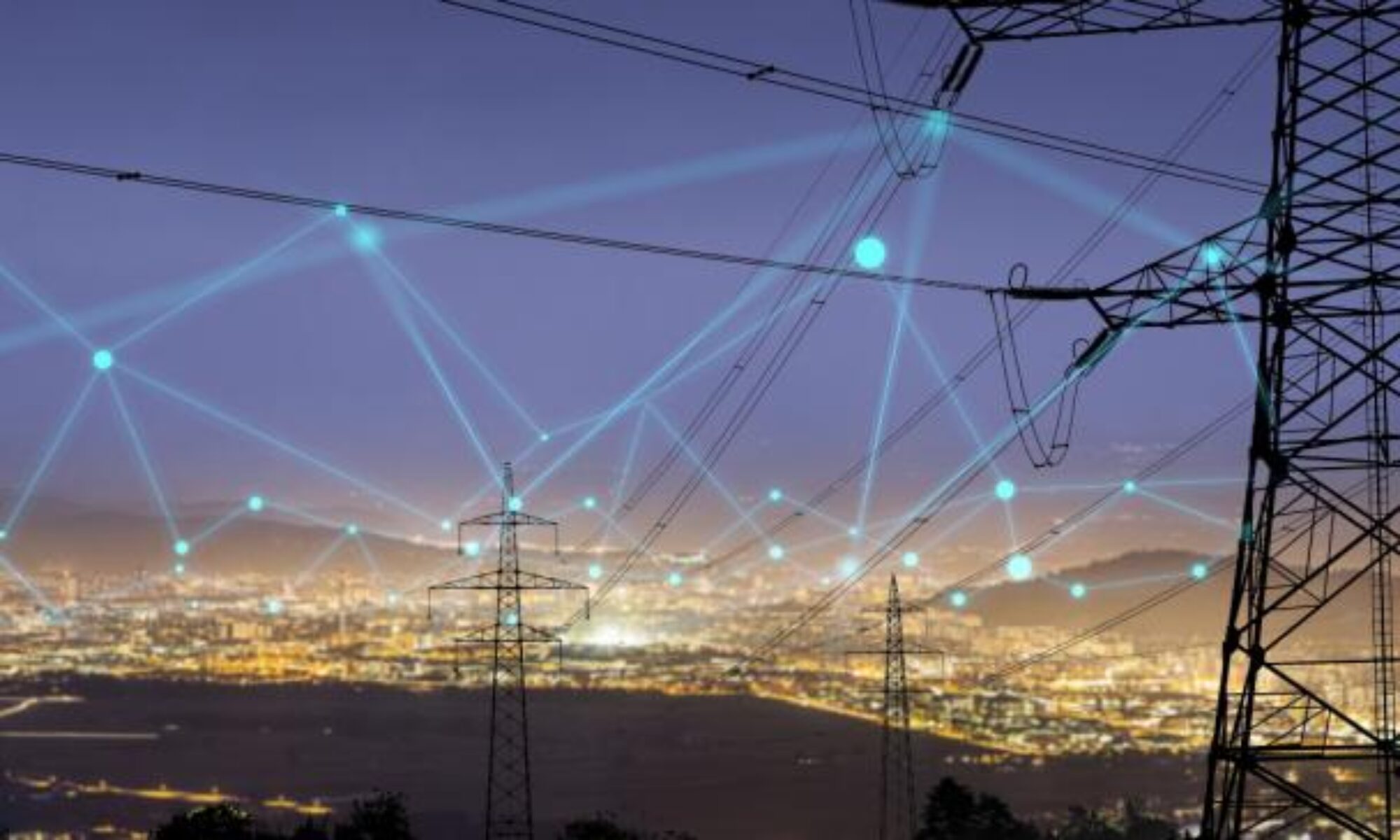During a press conference at the Automotive News World Congress in February Elon Musk was famously quoted saying hydrogen fuel cells are “extremely silly,” and that fuel cell electric vehicles (FCEVs) are “incredibly dumb.” He made two arguments to support this view – that electrolysis to generate hydrogen is way less efficient than using solar to charge vehicle batteries and that hydrogen was an unsafe fuel. So this is pretty transparent: it’s just the old slam-your-competition marketing ploy. Musk’s Tesla must feel pretty threatened by the spate of fuel cell electric vehicles coming on the market, especially in Japan and California. But then a month later we get Climate Progress publishing an article by Joe Romm seconding Musk’s view and supporting his opinion with actual charts. Romm’s analysis, with all its credentials, is no better than Musk’s uninformed off the cuff commentary.
Romm essentially recycles an article he published in Scientific American in 2006 where his primary criticism, as I interpret it, follows this equation:
REI=> (CHG) or (EWMFC) => EMP
Where:
REI=Renewable power in
CHG= Charge battery
EWMFC=Electrolyze water for hydrogen, make fuel cell
MP=Energy expended motive power
In the case of a FCEV fueled with hydrogen from renewably generated electrolysis, only 20% to 25% of REI ends up as EMP. An electric vehicle (EV) charged with renewably generated electricity gets 75% to 80% of REI.
That’s it. The sum total of the argument. Note the complete absence of any economics. Eliminating cost (and the discussion of other paths for zero emission FCEVs) relegates this whole argument to the realm of fierce debates over how many angels dance on the head of a pin. Perhaps intellectually challenging, but irrelevant to the market or to policy decisions. Think about it: install a solar array at a particular cost. Use its output to operate an electrolysis unit for hydrogen or use it to charge batteries. Is one more efficient in the use of solar power? Sure. But does it matter? No. Either way you have a true zero emission vehicle. And as long as the cost per mile is competitive, it makes sense in the market place. Might the battery vehicle be a little cheaper in cost per mile? Perhaps, but what if the end user is willing to value range, where the FCEV wins hands down?
The reality, however, is that we are on the cusp of a new market of lower emission vehicles. The zero emission world is still a good distance away because economics are a real factor. That means we need EVs and FCEVs, and it also means that they are not completely “green” but rather olive drab. EVs in most places will not be charged with renewable electricity but from whatever the local grid supplies, and that can be pretty dirty. Most FCEVs will get their hydrogen from natural gas – its use in a fuel cell is an improvement over direct combustion but still results in carbon emissions.
The bottom line here is that simplistic assertions are no more than that, and while soundbites in headlines attract, they are not analysis and should not be taken seriously.
** Headline in EV World, July 7, 2014 “Musk: Fuel Cells ‘Mind Bogglingly Stupid'”

There are no small, light batteries on the horizon or even theoretically likely, but cheap, robust and simple fuel cells are not here yet either. There is much work to do. Getting away from fossil carbon will require MASSIVE amounts of electrolytic hydrogen, not only for fuel cells but also as the basis for the chemical and metals industries. It’s a good thing people are also hard at work at creating cheap, robust electrolysers!
We agree about the need for “MASSIVE amounts of electrolytic hydrogen.” It is not only possible, it is the almost unavoidable result of using geothermal energy from the rift zones in the ocean floors. The rift zones create supercritical, and therefore highly efficient, resources, and can generate electricity cheaper than fossil fuels. The same supercritical properties enable more efficient electrolysers, compounding the efficiency of the supercritical generators to which they are linked. The primary use for the generators will be to be to provide (by HVDC transmission lines) the electricity needed to balance the grid for large amounts of wind and solar power. Most of the electricity will probably be used, however, to create hydrogen, with off-peak power that is not needed by the grid. The rift zones are where magma rises from the mantle to form new crust, they stretch around the world for 65,000 kilometers, and they provide enough energy to produce five times as much electricity as the world currently uses. For more information, please see OceanGeothermal.org